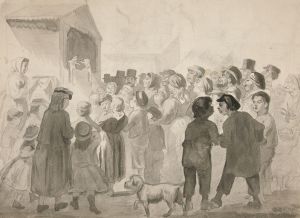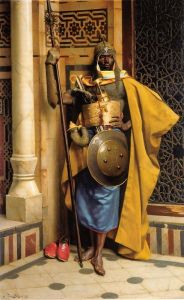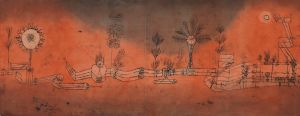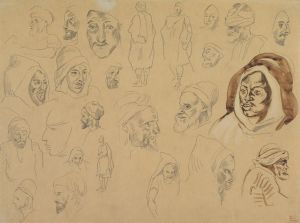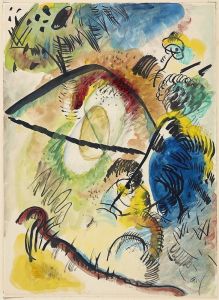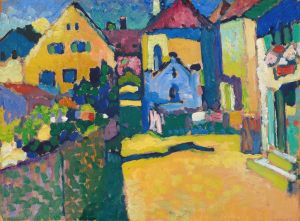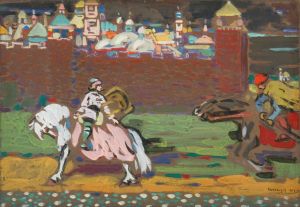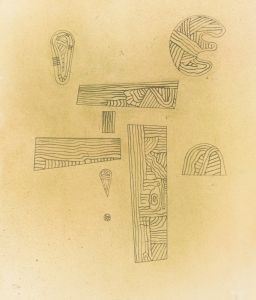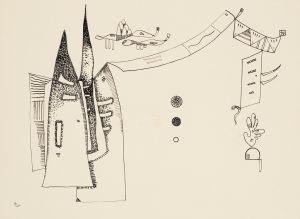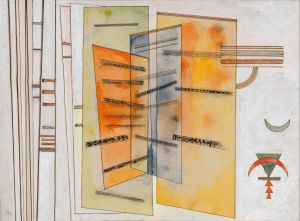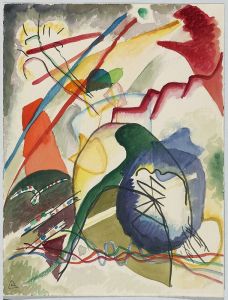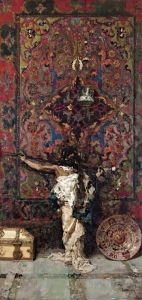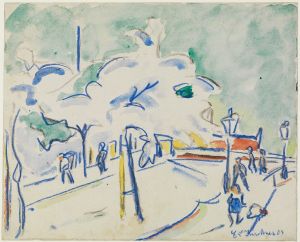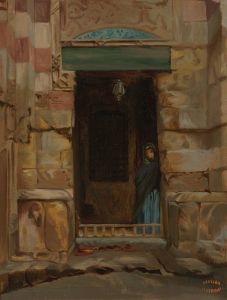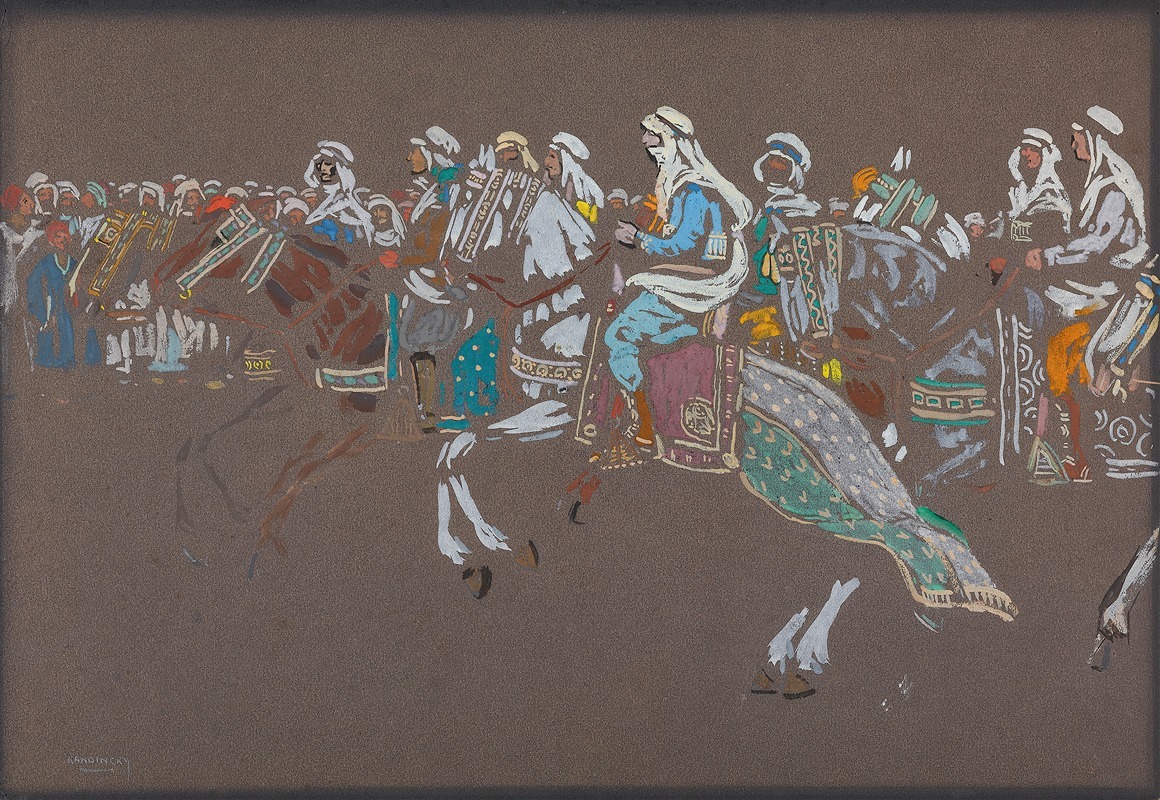
Arab cavalry
A hand-painted replica of Wassily Kandinsky’s masterpiece Arab cavalry, meticulously crafted by professional artists to capture the true essence of the original. Each piece is created with museum-quality canvas and rare mineral pigments, carefully painted by experienced artists with delicate brushstrokes and rich, layered colors to perfectly recreate the texture of the original artwork. Unlike machine-printed reproductions, this hand-painted version brings the painting to life, infused with the artist’s emotions and skill in every stroke. Whether for personal collection or home decoration, it instantly elevates the artistic atmosphere of any space.
Wassily Kandinsky, a pioneering figure in abstract art, created "Arab Cavalry" in 1905. This work is a notable example of Kandinsky's early exploration of color and form, which would later culminate in his development of abstract art. Born in Moscow in 1866, Kandinsky initially pursued a career in law and economics, but his passion for art led him to move to Munich in 1896 to study painting. His exposure to various artistic movements and his personal experiences significantly influenced his artistic journey.
"Arab Cavalry" reflects Kandinsky's interest in the exotic and the romanticized vision of the East, a common theme in European art during this period. The painting depicts a dynamic scene of horsemen, capturing movement and energy through bold colors and expressive brushwork. This work is part of Kandinsky's early period, where he was still working with representational forms but beginning to experiment with abstraction.
The painting showcases Kandinsky's fascination with color theory and his belief in the spiritual power of art. He was influenced by the Symbolist movement and the works of artists like Paul Gauguin and Vincent van Gogh, who used color to convey emotion rather than to represent reality. In "Arab Cavalry," Kandinsky employs a vivid palette, using contrasting colors to create a sense of rhythm and movement. This approach to color would become a hallmark of his later abstract works.
During this time, Kandinsky was also influenced by his travels and exposure to different cultures. His visits to North Africa and the Middle East provided inspiration for the themes and motifs in his work. The depiction of the cavalry in this painting can be seen as a reflection of his interest in these regions and their cultural heritage.
"Arab Cavalry" is significant in understanding Kandinsky's transition from representational art to abstraction. While the figures in the painting are still recognizable, the emphasis on color and form over realistic depiction hints at his future direction. Kandinsky believed that art should transcend the material world and evoke a spiritual response in the viewer. This philosophy is evident in "Arab Cavalry," where the focus is on the emotional impact of the composition rather than the literal representation of the scene.
Kandinsky's work during this period laid the groundwork for his later contributions to abstract art. He would go on to become a leading figure in the development of non-objective painting, co-founding the influential Blue Rider group in 1911 and publishing his seminal text "Concerning the Spiritual in Art" in 1912. "Arab Cavalry" remains an important piece in Kandinsky's oeuvre, illustrating his early experimentation with color and form and his journey towards abstraction.
Today, Wassily Kandinsky is celebrated as one of the most influential artists of the 20th century, and "Arab Cavalry" is a testament to his innovative spirit and his enduring impact on the art world.





